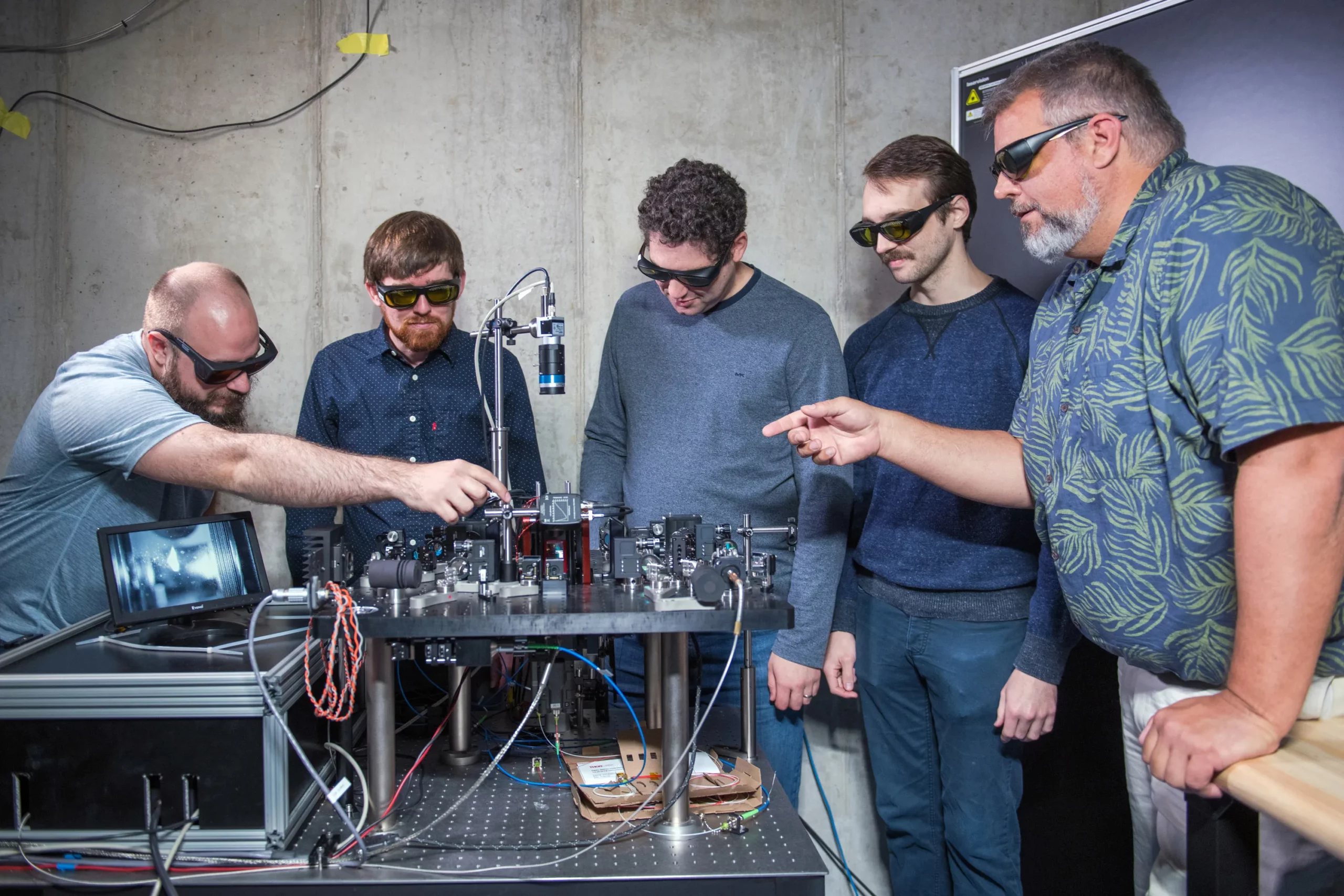Making (Quantum) Memories Together — NASA And Infleqtion Report Important Advance in Quantum Networks

Insider Brief
- NASA, in collaboration with quantum technology company Infleqtion Inc., has developed its first-ever quantum memory, marking a significant step towards establishing large-scale quantum networks.
- The newly developed quantum memory stores data in a cloud of laser-cooled atoms and releases it as photons, potentially overcoming the limitations of current fiber optic quantum networks.
- The technology could one day pave the way for advanced quantum networks and applications in navigation and scientific instrumentation.
NASA, in collaboration with Infleqtion Inc., report they developed its first-ever quantum memory, marking a pivotal step towards establishing large-scale quantum networks, according to a NASA article. This advance, spearheaded by researchers at NASA’s Glenn Research Center in Cleveland and at quantum technology company Infleqtion could be a step toward establishing secure space communications and empowering research that could lead to new scientific discoveries.
Quantum memory, which stores information encoded in matter or photons — single particles of light — has the potential to enhance the transmission of quantum information over vast distances. The memory developed at Glenn stores data in a cloud of laser-cooled atoms, which is later released as photons. According to the team, this innovative approach could be the cornerstone of a future quantum network that processes information faster, offers superior security and maybe even improves our understanding of the universe.
“If we’re able to put quantum memory into space, then we could use free space transmission and further those distances to spanning the country,” said Dr. Adam Fallon, a quantum scientist at NASA Glenn. His statement underscores the transformative potential of this technology in overcoming the limitations of current quantum networks, which rely on fiber optic infrastructure and experience degradation of quantum information after only a few dozen miles.
The collaborative effort with Infleqtion Inc. was facilitated through NASA’s Small Business Innovation Research/Small Business Technology Transfer (SBIR/STTR) Program, which provides funding for developing and demonstrating innovative technologies that meet NASA’s and the commercial marketplace’s needs, according to the article. The researcher said Infleqtion Inc.’s expertise was instrumental in creating the quantum memory, which NASA now aims to refine and study further.
“While quantum networks are a little further down the road, in the here-and-now, we are excited to have received this memory through an SBIR effort with Infleqtion Inc. so that we can understand more about how quantum memory impacts quantum networks,” said Evan Katz, another quantum scientist at NASA Glenn.
The quantum team at Glenn plans to use the new technology to simulate how it would function in a large-scale network, providing valuable feedback to NASA, academia, and industry partners.
On Earth, quantum networks have struggled to extend beyond limited distances due to the degradation of quantum information. However, if quantum memory techniques like this scale, it could potentially allow for the transmission of data over longer distances and open up new possibilities for quantum communication and sensing technologies.
To take it one more step: A large-scale quantum network would not only enable faster and more secure information processing but also enhance the accuracy of space exploration. The potential applications of this technology span from improving navigation systems to enhancing the capabilities of scientific instruments used in space missions.
For more information on the SBIR/STTR program and its role in fostering technological innovation, visit NASA SBIR/STTR.
